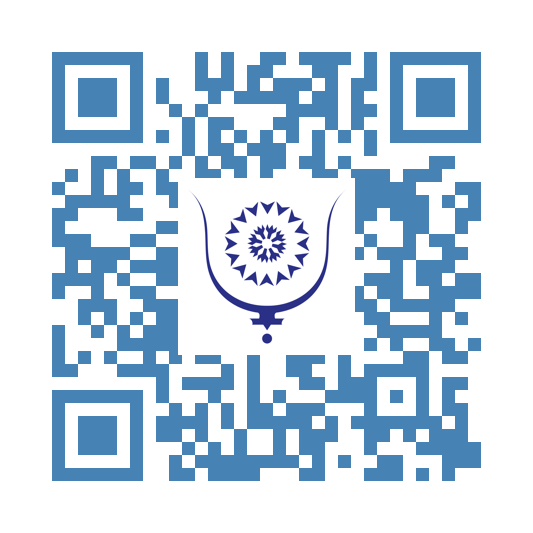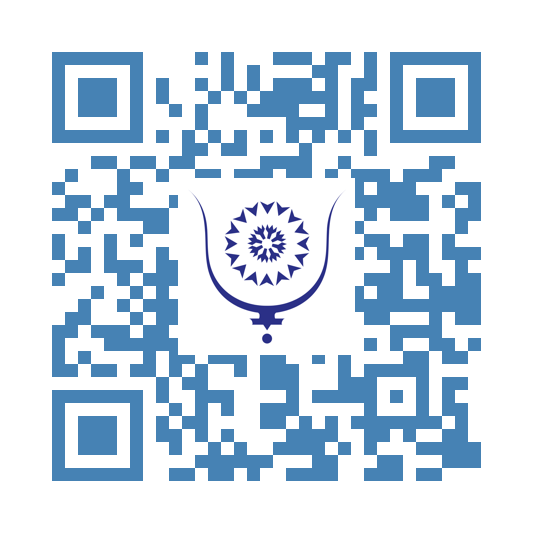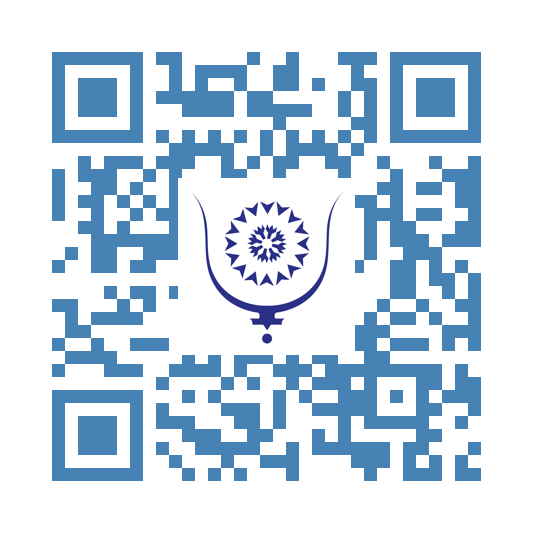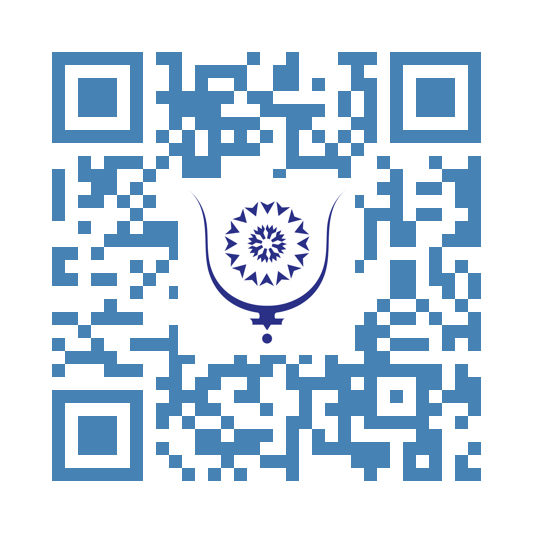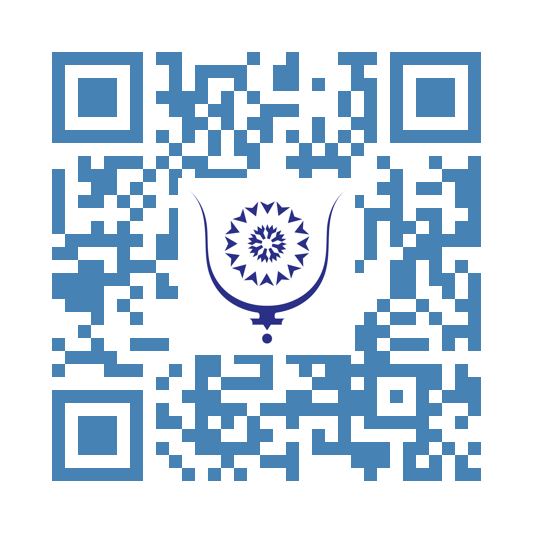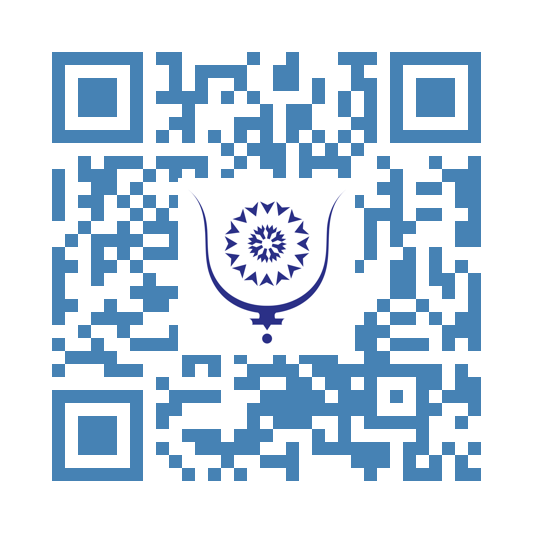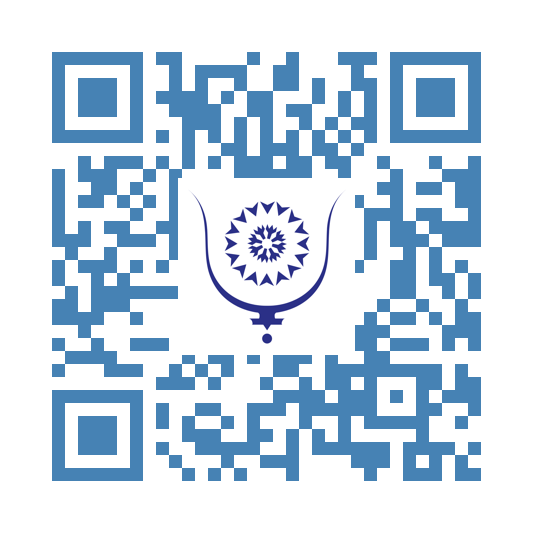The recent vandalism at the Mohamed V Stadium :the real match lies elsewhere
369
The recent vandalism at the Mohamed V Stadium in Casablanca is nothing new. What is new, however, is that it erupted barely a week after the grand reopening of this iconic stadium, freshly renovated to host the much-anticipated Casablanca derby. A rushed reopening, symbol of a hope quickly overtaken by reality: that of endemic violence which outpaces modernization efforts.
The derby itself had gone smoothly, as the Ultras had decided to boycott it.
A week later, they were back—and made their presence loudly known. Part of the stadium bears the scars. Seats designed to welcome them and restrooms built for their comfort were ransacked. All of this will have to be repaired in time for the Africa Cup of Nations...
It’s public money: our taxes, our debts.
During certain Wydad or Raja matches—or elsewhere in Morocco—the behavior of a segment of the crowd is increasingly alarming. This phenomenon, varying in degrees of severity, has been ongoing for years and severely disrupts public order. It puts immense pressure on security forces and raises major sociological, institutional, and security-related concerns.
Numerous studies have been conducted, yet no concrete solutions have emerged. Because this phenomenon is complex: it is not merely the result of sporting outcomes. In this case, one can certainly point to the mounting frustration of fans of Casablanca’s two major teams, both of which have been in decline recently.
Since the introduction of the ultra movement in Morocco via Tunisia in 2005, young Raja and Wydad tifosi have colonized their respective stands and extended their influence into the streets. Their creativity with tifos is indeed impressive, but disorder has become the norm. It is now rare to witness a match without violence, both inside and outside stadiums.
Nothing seems to work: not closed-door matches, not sanctions, not prison sentences. Worse still, the situation is deteriorating. Scenes of looting and violent clashes around stadiums are now a reality, and not just in Casablanca. Even small towns with no major football stakes are no longer spared.
It would be risky to directly compare the situation here to that of other countries. Since the birth of the ultra movement in Hungary in 1899, its spread to Brazil in the 1930s, its transformation in Yugoslavia, and its resurgence in Italy during the 1960s, the phenomenon has continually evolved. Likewise, the UK witnessed the rise of hooliganism in the 1970s.
In Morocco’s case, we are dealing with a singular expression of the movement: a specific form rooted in local social, economic, and cultural dynamics. It eludes classical frameworks of analysis, forging its own aesthetic, unique codes, and a capacity for mobilization that transcends football. It is a reinvention of the phenomenon in light of local realities.
Institutional responses have not been lacking: new laws, broad-based meetings led by the DGSN, specialized units, academic conferences. All to little avail.
Security forces struggle to strike a balance between prevention and repression. They are often targeted themselves.
Meanwhile, clubs persist in a worrying state of organizational amateurism. Generous subsidies and a lack of accountability are major factors. Many Botola clubs suffer from poor governance, disconnected from the realities of their supporters and the imperatives of professional sports. Coaches and players endure constant pressure from aggressive fans.
But can football alone explain the phenomenon? Or is the stadium becoming an outlet, a space for catharsis for a marginalized, frustrated youth with no prospects?
This is not merely sports violence: it is deep social anger, with football as a pretext.
Every provocation, defeat, or refereeing injustice is perceived as a humiliation. The tension, already palpable, explodes in the stands.
Despite arrests, sanctions lack structural effectiveness.
The absence of judicial follow-up reinforces the idea that vandalism is tolerated. The triumphant welcomes given to some youths upon their release from prison speak volumes: they feel no remorse. On the contrary, they return with a dangerous new aura of prestige.
Here, a link can be made to the recent findings of the Haut-Commissariat au Plan (HCP), which published a worrying survey on household morale.
The Household Confidence Index (HCI) fell to 46.6 points in the first quarter of 2025, its lowest level since 2008. In 2018, it stood at 87.3. A dizzying drop.
Pessimism is widespread: 81% of households believe their standard of living has deteriorated. Debt is crushing, inflation is taking hold, and weariness is palpable.
This despair is echoed in the ultras’ chants, in their slogans—sometimes subversive, often disillusioned.
Their message now resonates broadly, even among materially comfortable youths. The ultras now cast a wide net.
Meanwhile, political parties are absent from public debate (except during election periods).
Trade unions, ultra-minoritarian, now represent only a tiny fraction of workers.
And as nature abhors a vacuum, it is filled by other forms of expression—sometimes political, sometimes violent, often manipulated.
Idle youths find in stadiums—and sometimes in the streets—an outlet for their frustration.
Recent slogans, ostensibly linked to geopolitical causes like the normalization with Israel, are often mere pretexts.
Those promoting certain subversive ideologies have perfectly understood the opportunity.
They seized it.
Young people seeking to assert themselves, to voice their rejection of a system they believe deaf to their expectations, are being swept up, radicalized, dangerously manipulated.
Politics is never far away.
In recent days, conferences on “sporting encouragement” have been organized by local authorities, chaired by regional governors (walis).
Yet one crucial question remains: are the youths concerned actually participating?
Without them—without genuine willingness to listen, and without deep, structural reforms—these efforts risk once again getting lost in the background noise of a crisis far graver than a simple football match won or lost.
And yet, solutions have been outlined in the long-forgotten New Development Model.
The challenges are many, but the real match lies elsewhere.
Share:
The recent vandalism at the Mohamed V Stadium :the real match lies elsewhere
copy:
https://bluwr.com/p/159628844
Collective Intelligence: ''Alone You May Begin, But Together You Go Far''
665
**We often hear the saying, ''One hand alone cannot clap'', you need another hand to create sound.** This perfectly reflects the reality of working on a project in life. Working alone can take you somewhere, but rarely very far.
Collective intelligence is essential for building creative projects with the potential to truly move forward. Each team member brings a unique perspective, a different way of seeing the world, diverse skills, and individual visions. What matters most is that all these differences ultimately converge toward a shared goal.
To sustain the rhythm of collaborative work, listening is key. Communication forms the backbone of human relationships. When listening breaks down, so does communication, and without it, teamwork cannot thrive.
Just as every boat has its captain, every team needs a leader, the person everyone turns to, both in moments of crisis and in times of celebration. The leader is the foundation of the team. And if that foundation is weak, the whole structure risks falling apart.
It’s equally important that each team member understands their strengths and limitations, allowing room for others to step up and contribute. Collective intelligence achieves its full potential when the team moves as a harmonious orchestra, each member in sync, playing their part in perfect balance, working together to create something greater than any one individual could achieve alone.
Share:
Collective Intelligence: ''Alone You May Begin, But Together You Go Far''
copy:
https://bluwr.com/p/155262429
Trump, Morocco, and the End of the Polisario Myth
1589
In just a few short weeks, the Western Sahara issue has seen a series of rare and intense developments, marking a genuine acceleration in a case long frozen by diplomatic deadlock, strategic inertia, and hidden agendas. The Trump administration, leading an international current weary of this outdated conflict, has clearly demonstrated its desire to enter a new era, breaking away from decades of inaction fueled by the Cold War and its lingering ideological effects.
For Washington, there is no longer any tolerance for the destabilization games of Algeria’s military regime, which has lost its bearings and uses this conflict to mask its own internal political, economic, and social failures. By doing so, it hinders regional development ambitions and healthy, complementary relations with a Moroccan neighbor it both envies for its successes and resents for its strong alliances with the West.
Donald Trump's election reshuffled the deck. Gone are the cautious postures and fragile balancing acts between the parties. The time has come for action, transparent alliances, and the pursuit of concrete solutions. In this context, the Trump administration’s support for Morocco’s autonomy proposal is unequivocal. The Moroccan initiative is now described by the White House as the only "just and lasting" basis for resolving the conflict.
During a highly symbolic meeting between Moroccan Foreign Minister Nasser Bourita and Senator Marco Rubio, the latter reaffirmed the United States’ commitment to a solution based solely on Morocco’s offer. The signals are clear: for Washington, playtime is over. Morocco is strong and reliable. It is within its rights. It is the best friend and partner in the region. It was also the first country to recognize the United States and to protect its fleet during the country’s early, difficult years.
This reaffirmed American realignment comes with bold proposals. Several influential members of Congress are now considering officially designating the Polisario Front as a terrorist organization. They have a solid basis for their case, including: attacks on civilians in Smara and near El Mahbes, the unilateral breach of the 1991 ceasefire, and alleged ties with hostile powers like Iran and Russia—not to mention the confirmed presence of Polisario fighters in Syria, who are still being held there.
On April 11, it should be noted, Republican Representative Joe Wilson announced his intention to introduce a bill to this effect. According to him, the Polisario Front serves as a gateway for what he calls the “Axis of Aggression” in Africa, linking the separatist group to Iranian and Russian geopolitical ambitions on the continent, posing a threat to U.S. security. He now holds in his hands a well-documented Hudson Institute report that points to close ties between the Polisario and Hezbollah, and even the PKK. The Polisario is said to be involved in arms trafficking with terrorist groups in the Sahel, the embezzlement of humanitarian aid, and more.
It would be a mistake to think this logic is limited to Americans. Just last week, for example, former UK Defence Secretary Liam Fox also described the Polisario as a terrorist organization. The idea is gaining serious ground.
This dynamic puts Algeria face to face with its responsibilities: the Polisario is hosted, supported, and funded on its soil. Labeling the Polisario a terrorist group would effectively remove it from the equation. Its diplomatic marginalization would further isolate Algiers, now clearly seen as a direct party to the conflict, and no longer the neutral third actor it claims to be. The mask has definitively fallen.
Another country facing turbulence: South Africa. A traditional supporter of the Polisario, Pretoria is beginning to feel the impact of this strategic shift. The local press is raising questions, and voices within the ANC are calling for a reassessment of the country’s foreign policy. Several NGOs are known to be raising funds for the Polisario, but think tanks such as the Hudson Institute argue that a terrorist designation would force them to stop these operations under threat of international sanctions.
The consequences could be severe for South African institutions. Already under the scrutiny of the FATF (Financial Action Task Force), the country cannot afford to be suspected of complicity with a designated terrorist entity. Banks in particular fear tighter controls and may pressure the government to change course.
Tensions between Washington and Pretoria, already strained since Trump took office, risk further deterioration. The U.S. administration makes no secret of its distrust of the South African government. A possible designation of the Polisario as a terrorist group could become a breaking point in an already fragile relationship, potentially leading to sanctions, economic pressure, and heightened diplomatic scrutiny.
The Western Sahara dossier is entering a new phase. The status quo no longer holds against the backdrop of international realignments, and stalling tactics are losing effectiveness. The world no longer tolerates frozen conflicts, and global powers are looking for a stable, trustworthy Africa that is open to cooperation. In this evolving dynamic, Morocco appears to have won the battle of clarity. The question now is whether its adversaries will be able to read the new balance of power.
This is likely what explains and fuels the optimism of Morocco’s UN representative, Omar Hilale. In barely veiled terms, he hinted that the issue might be declared resolved to coincide with the celebrations of the 50th anniversary of the Green March, on November 6…
Share:
Trump, Morocco, and the End of the Polisario Myth
copy:
https://bluwr.com/p/151240437
Magickal Tools
1593
Magickal tools are more than just objects used in rituals—they are symbols of the magician’s will, focus, and purpose. In many traditions and cultures, these tools are used to direct energy, connect with spiritual forces, and create a space where transformation can happen. Whether handmade or passed down from a teacher or family member, each tool holds a special meaning and spiritual energy.
Some of the best-known magickal tools come from Western traditions like Wicca, Hermeticism, and Solomonic magic. These systems often include four main tools, each connected to one of the classical elements. The wand represents Fire and the power of will. It’s used to direct energy, call on spirits, and start action. Wands are usually made of wood—like oak, ash, or hazel—and may be decorated with carvings or crystals. The athame, a ritual knife, is linked to Air (or sometimes Fire, depending on the system). It’s not used to cut physical things, but to shape energy—like drawing circles, sending away negative forces, or focusing intention. The chalice stands for Water, symbolizing emotion, intuition, and the subconscious. It holds sacred liquids—like wine or water—and often represents the womb or the divine feminine. The pentacle is a flat disc with a protective symbol, usually a pentagram. It’s connected to Earth and is used for grounding, protection, and blessing other objects.
In addition to these classic tools, magicians may also use mirrors to see visions, cauldrons for transformation, bells to clear energy, or cords for knot magick. Each tradition has its own tools, and many magicians develop a personal connection with their items over time.
In Solomonic and other grimoire-based systems, tools are often made according to specific rules. The materials, symbols, and even the time they are made can matter. Tools like the Circle, Triangle of Art, Sword, and Lamen are important for calling spirits and working safely. In folk magic, everyday objects—like scissors, brooms, or keys—can become powerful tools if used with clear intention.
One very important tool that’s sometimes overlooked is the robe. This is more than just clothing—it marks the change from ordinary life to sacred space. Putting on a robe tells the body and mind that the ritual is beginning. Robes are often worn only during spiritual work, and their color or symbols can match the purpose of the ritual. A robe can protect the practitioner’s energy and help focus their connection with the spiritual world.
It’s important to understand that magickal tools don’t have power on their own. They become powerful through use, intention, and ritual. Many magicians cleanse, bless, and charge their tools before using them. Over time, the tools absorb energy and meaning, becoming trusted companions in spiritual work.
Magickal tools also help with focus. They guide the mind from the everyday world into a more sacred state. Like costumes help actors get into character, tools help magicians step into their spiritual role. Whether using an athame to draw a circle or a mirror to seek guidance, these actions open a doorway into a deeper space of awareness.
Today, magickal tools are changing with the times. Digital grimoires, virtual altars, and AI-powered oracles are becoming part of modern practice. But their purpose is still the same—to act as bridges between thought and action, intention and reality, the visible and the invisible.
As long as people seek spiritual connection, magickal tools will continue to play an important role—helping us focus our energy, explore our inner world, and connect with the mysteries beyond.
Share:
Magickal Tools
copy:
https://bluwr.com/p/151232108
"Mbappé in Madrid, Hakimi in Paris: A Tale of Two Paths"
1599
He was meant to be the ultimate Galáctico of the second quarter of the 21st century—the new chosen one of the Bernabéu and its demanding, football-savvy crowd. Long hailed as the jewel of French football, everything pointed to, and even made us believe, that he was destined to leave a lasting mark on Real Madrid’s history—perhaps even surpassing Zidane, the other legendary Frenchman to wear white. But football has a logic of its own, one that remains impenetrable to us mere mortals. And we’ve just been reminded of that, as not even Florentino Pérez the mythical president with a fabulous track record seems able to escape it.
Barely arrived, Kylian Mbappé is already disappointing. A thousand and one excuses will be made for his early struggles. But it’s getting harder and harder to find new ones. His adaptation is sluggish, his play sterile. He seems lost on the pitch. His teammates can’t seem to connect with him. A team that, just a season ago, was steamrolling opponents now looks disjointed on the same pitch, suddenly unfamiliar.
The effectiveness of the squad—with Mbappé as the only new addition, has evaporated. Quietly, but increasingly openly, the Madrid locker room is beginning to ask questions.
Then came the slap in the face, twice delivered by Arsenal. The team was lifeless, their rhythm gone, goals pouring in from all sides. Real Madrid’s legendary efficiency has turned into a mirage. Did they bet on the wrong man?
The long-running Mbappé saga finally concluded with a fanfare in 2024. The fans expected a new Cristiano Ronaldo. What they’re discovering is a player lacking inspiration, who doesn’t fit into the team’s collective structure, incapable of making the difference, and throwing off his teammates’ rhythm. He’s scored a few goals, but without brilliance or leadership. The weight of the merengue jersey seems too heavy for the once-wonderkid from Bondy. What remains is disillusionment and heartbreak.
Real Madrid was brought to its knees in the Champions League. And it stings. Talk is growing about the president’s obsession with Mbappé, a fixation that finally came to fruition, but to what end? Pérez and his golden boy are now on the hot seat. And if Real finishes the season empty-handed, the consequences could be dire. The risk is real. Even Ancelotti doesn’t seem to believe in his team anymore. At the end of the match against Arsenal, his expression betrayed him. He wants out, probably sooner than we think. The crisis at Real is here, and as always in such cases, the coach is the first to go. The weakest link in the chain.
Mbappé at Real is unremarkable. He tends to drop too deep, lacks chemistry with the team, and his body language says it all: less sharp, less committed, almost withdrawn. Vinícius and Bellingham, dragged down, have lost their spark. They’ve become ordinary, the rest of the team unremarkable.
The heated argument and near-physical altercation between Mbappé and Vinícius in the tunnel speaks volumes about the tension and frustration inside the club.
Has Mbappé been a curse on this team?
Meanwhile, in Paris, his friend Achraf Hakimi by first name, the one Real let go has become the true leader of PSG. And PSG without Mbappé looks better than ever, even making it to the semifinals against another English team, no less.
The irony is thick.
It is in Paris that the counter-example shines the brightest. Achraf Hakimi, long relegated to the media background during the Mbappé era at PSG, has emerged this season as the true leader of the Parisian club. Defensively solid, offensively decisive, the Moroccan fullback is delivering top-class performances one after another. Scoring, assisting, orchestrating from the right flank, Hakimi is carrying a rebuilding PSG—with love, commitment, solidarity, selflessness, and ruthless efficiency.
His stats speak for themselves: a record number of interceptions, crucial goals in the Champions League. His consistency commands respect. The captain’s armband is well-earned.
More than anything, it’s his mental and tactical impact that stands out: Hakimi is no longer just a modern fullback; he’s become the cornerstone of PSG’s project. Is this the revenge of a man who was perhaps underestimated when he shared the same flank with Mbappé?
Arriving at PSG with the reputation of a “Real Madrid academy product” after a stint in Germany, Hakimi now seems to remind the Bernabéu of the strategic mistake they made letting him go. Madrid sought the glitter of Mbappé but perhaps what they truly lacked was the solidity and loyalty of Achraf Hakimi.
Modern football’s irony sometimes boils down to a single name, mispronounced at just the right time. While Kylian Mbappé had been hailed as the savior of Real Madrid after years of buildup, it is Achraf Hakimi, who stayed in Paris, who now stands out as one of Europe’s most influential players. Two opposite trajectories, two readings of the same summer of 2024, and perhaps an analytical error that may prove hard to correct.
Mbappé chose the prestige of Madrid. He probably believed he could lift the European trophy more easily with the club that’s won it the most. He was likely tired of PSG’s repeated failures. Hakimi, on the other hand, chose continuity, stability, and a playing project that fully embraced him. Today, the stats and performances seem to vindicate the Moroccan. His influence goes beyond the pitch: he’s become a technical and mental leader, respected by the locker room, trusted by the coach, and adored by the fans.
And what if it’s Hakimi who ends up lifting the trophy in 2025, with the very PSG that Mbappé once left with apparent disdain? For that to happen, Hakimi will need to shine again, this time against another English club, the same type that humiliated Mbappé, Ancelotti, Pérez, and all of Madrid.
While Paris celebrates, in Madrid, doubt is creeping in. Did they pay too much for a player whose game depends almost entirely on individual bursts of brilliance? And above all, how do you make multiple stars of similar stature coexist without eroding the cohesion of a group that used to be united and solid?
It would still be premature to write off Mbappé and his Spanish adventure—his raw talent remains undeniable. But this rough beginning raises an important question: what if the future of football no longer lies in glitz and glamour, but in game intelligence, versatility, and collective discipline?
If that’s the case, Achraf Hakimi may already be one of its most complete symbols.
Share:
"Mbappé in Madrid, Hakimi in Paris: A Tale of Two Paths"
copy:
https://bluwr.com/p/151227642
The Happiness Paradox
1642
Many people spend their lives chasing happiness through success, wealth, or perfect jobs only to find it remains just out of reach. But what if happiness isn’t something you need to find at all? Research suggests that joy isn’t a destination; it’s our natural state, often buried under layers of stress, unrealistic expectations, and negative thought patterns. True contentment comes not from adding more to our lives, but from removing what blocks it.
At the core of lasting happiness is a simple truth: suffering arises when reality doesn’t meet our expectations. If you expect a smooth day and everything goes wrong, frustration follows. But if you adjust your mindset accepting that setbacks are part of life you reclaim peace. The key isn’t controlling external events but mastering your perception of them.
True happiness often feels elusive because we misunderstand its nature. Rather than being something we must chase or achieve, research suggests happiness is our default state - temporarily clouded by layers of stress, unrealistic expectations, and negative thought patterns. The paradox lies in recognizing that lasting contentment comes not from adding more to our lives, but from skillfully removing the mental obstacles that obscure it. This realization fundamentally shifts how we approach daily living.
When life inevitably diverges from our imagined scripts, we experience frustration. However, the power lies not in controlling external events, but in mastering our internal responses. By consciously adjusting our perceptions and accepting life's inherent unpredictability, we reclaim a natural state of peace. This mental flexibility transforms obstacles into opportunities for growth.
Ultimately, happiness isn't a distant destination requiring perfect circumstances. It's the natural condition that emerges when we stop obscuring it with unnecessary mental clutter. By recognizing and releasing rigid expectations, questioning automatic thoughts, and embracing life's imperfections, we clear the way for contentment to arise spontaneously. This understanding liberates us from the exhausting pursuit of happiness and allows us to experience the joy that was present all along.
This perspective on happiness is beautifully articulated in Mo Gawdat's book "Solve for Happy," which explores these concepts in greater depth through both personal experience and scientific research.
Share:
The Happiness Paradox
copy:
https://bluwr.com/p/151044851

